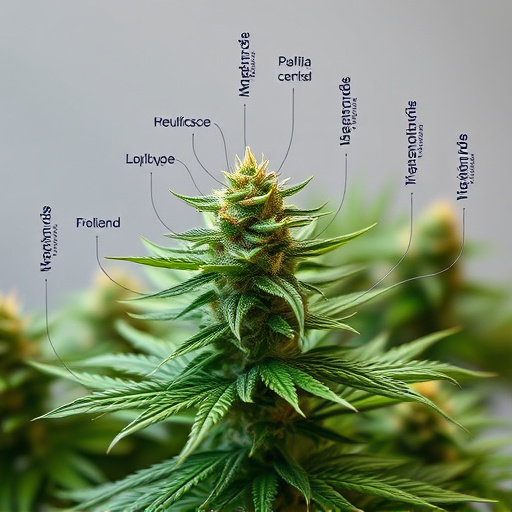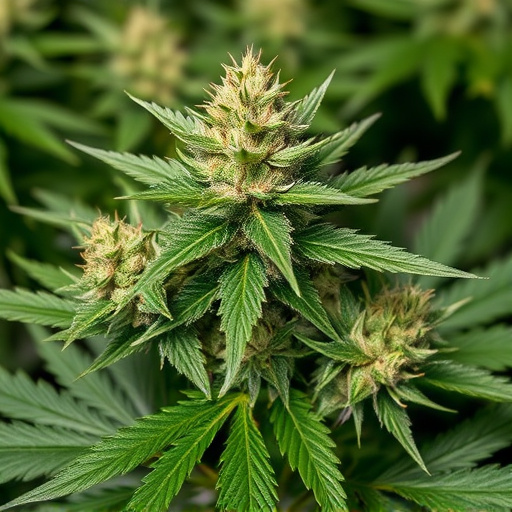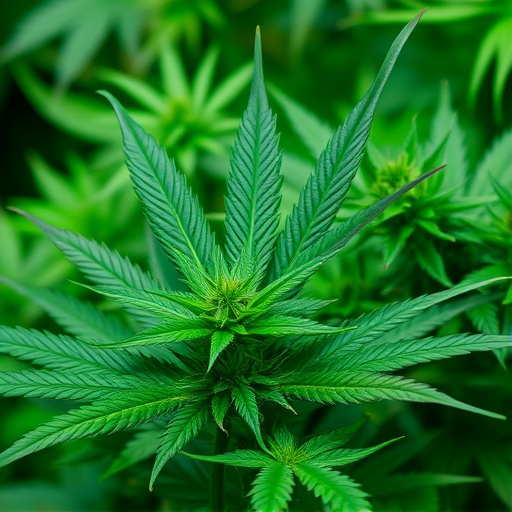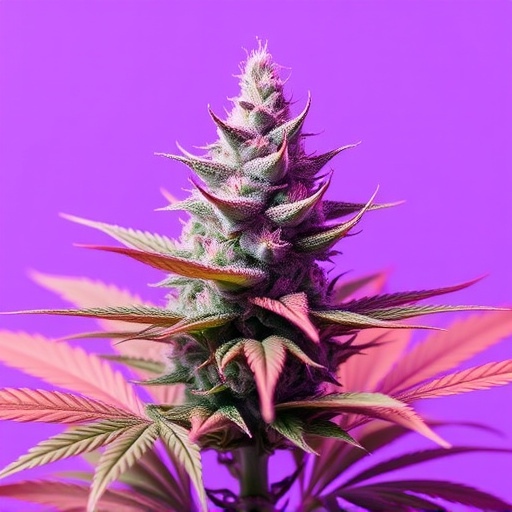Cannabis metabolism varies greatly due to individual factors like tolerance and consumption method (smoking, vaping, edibles). The primary metabolites are THC-COOH and CBD, eliminated through urine and bile. New high-potency cannabis strains with longer half-lives (30 hours for THC, 7-14 days for THC-COOH) can prolong detectability in tests up to several weeks. Frequent users retain cannabinoids longer, making responsible usage crucial for accurate assessments by employers and legal authorities.
How long does cannabis stay in your system? This question is crucial for both casual users and those in legal or medical professions. Understanding cannabis metabolism and elimination is key to answering this query. Various factors, including strain type (new cannabis strains), frequency of use, and individual biology, influence how long cannabinoids like THC linger. This article delves into these dynamics, offering insights on the detection times of new cannabis strains and providing a comprehensive guide for accurate interpretation of test results.
- Understanding Cannabis Metabolism and Elimination
- Factors Affecting Cannabinoid Detection Time
- New Cannabis Strains and Their Impact on Testing Periods
Understanding Cannabis Metabolism and Elimination
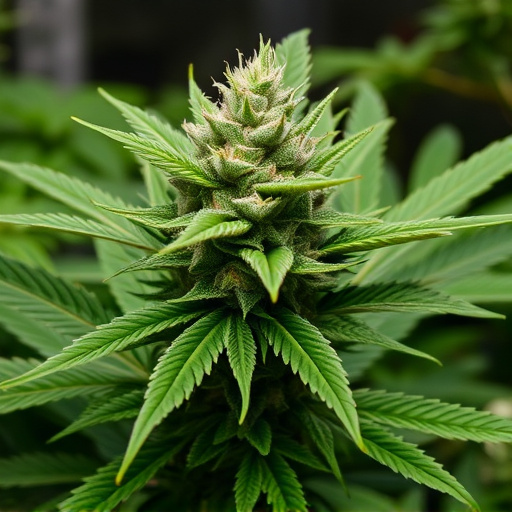
Cannabis metabolism and elimination are complex processes that vary from person to person, influenced by factors like tolerance, frequency of use, method of consumption, and individual biology. When cannabis is consumed, whether through smoking, vaping, edibles, or other methods, it’s metabolized by the liver into various compounds, including THC-COOH (the primary metabolite of tetrahydrocannabinol) and CBD. These metabolites are then eliminated from the body primarily through urine and bile.
The half-life of THC, a key psychoactive component in new cannabis strains, is roughly 30 hours. However, due to the presence of its metabolite THC-COOH, which has a longer half-life of around 7-14 days, cannabis can still be detected in urine tests for several weeks after consumption. The elimination timeline for CBD is generally shorter, with a half-life of about 9 days, but it also contributes to the potential detectability of cannabis in bodily fluids for extended periods, especially in frequent users.
Factors Affecting Cannabinoid Detection Time
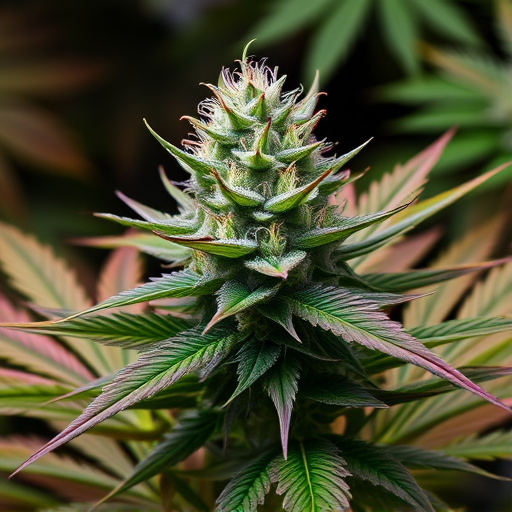
The detection time of cannabinoids in your system is influenced by several factors, including the type or strain of cannabis consumed and the method of consumption. New cannabis strains often boast higher THC (tetrahydrocannabinol) levels, which can extend the period for detectability. Vaping or smoking cannabis may result in faster absorption and clearance, making it harder to detect after just a few days, whereas eating edibles could lead to a longer window due to slower metabolism. Physical factors such as body weight, metabolism, and frequency of use also play significant roles, with heavier users potentially having longer traces of cannabinoids in their system.
New Cannabis Strains and Their Impact on Testing Periods
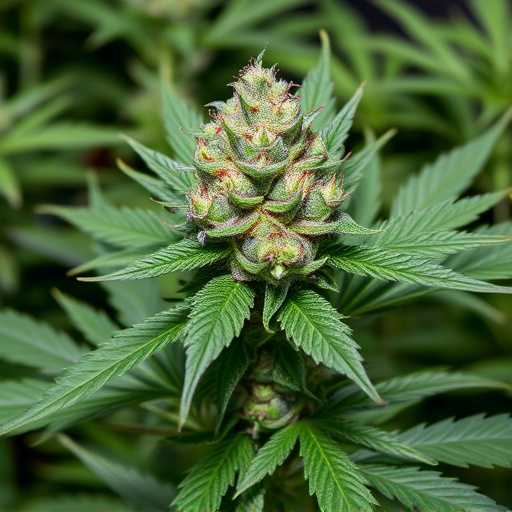
The emergence of new cannabis strains has brought about significant advancements in terms of potency and chemical composition, which can indirectly influence the duration cannabis remains detectable in an individual’s system. Modern strains often boast higher THC (tetrahydrocannabinol) levels, the primary psychoactive compound responsible for cannabis’s psychological effects. Elevated THC concentrations can extend the period during which cannabis is traceable in various biological fluids, such as urine and blood. This is particularly relevant when considering that many employers and legal authorities use advanced testing methods capable of detecting even minute amounts of cannabis metabolites.
Additionally, new strains may contain unique terpene profiles, which are aromatic compounds contributing to the diverse effects and experiences associated with cannabis consumption. These terpenes can interact with THC and other cannabinoids, potentially affecting metabolization rates and the overall time it takes for the body to clear cannabis. As the cannabis industry continues to innovate, understanding how these new strains impact testing periods is crucial for both consumers and legal bodies to ensure accurate assessments and maintain a safe and responsible usage environment.
Cannabis metabolism is a complex process influenced by various factors, including individual biology and strain characteristics. Understanding how long cannabis flowers can stay detectable in your system involves knowing these variables. While scientific research continues to evolve, especially with the rise of new cannabis strains, regular users may find it beneficial to be aware of the potential testing periods. By staying informed, individuals can make educated decisions regarding their cannabis consumption and its impact on their bodies.

